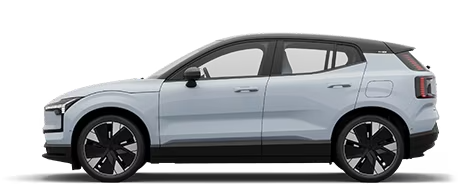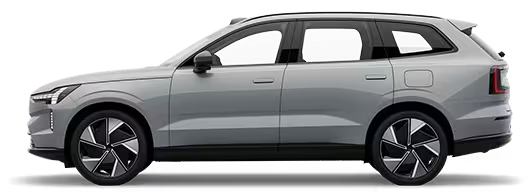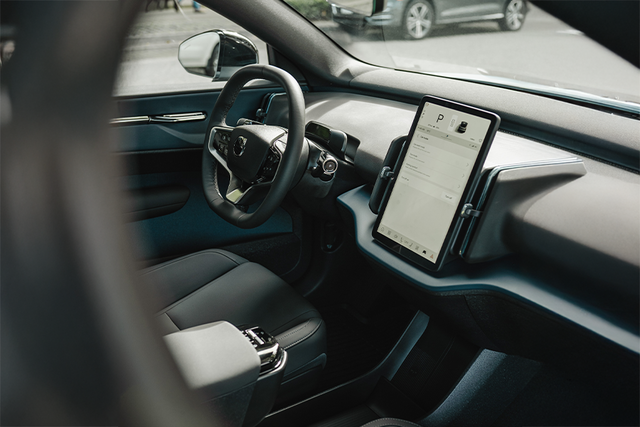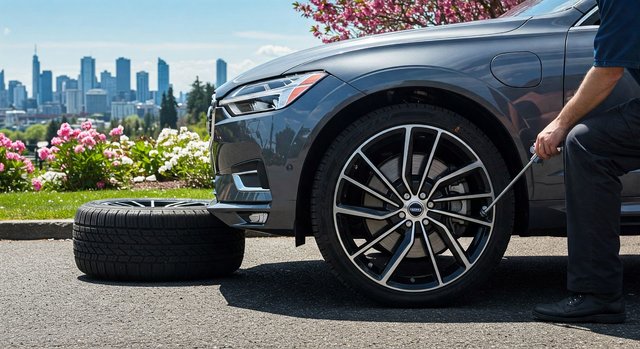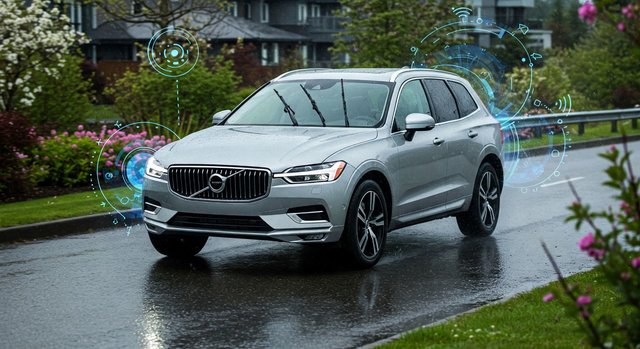Everything You Need to Know About AWD, RWD, and FWD
Choosing the right drivetrain for your new Volvo can significantly impact your driving experience. Understanding the differences among All-Wheel Drive (AWD), Rear-Wheel Drive (RWD), and Front-Wheel Drive (FWD) will help you make an informed decision.
All-Wheel Drive (AWD) Explained
All-wheel drive (AWD) has become increasingly popular, delivering power to all four wheels for enhanced traction and stability in various driving conditions.
Advantages of AWD
AWD vehicles, like the Volvo XC60 Plug-in Hybrid and fully electric Volvo EX90, offer several key benefits:
- Enhanced Traction: Provides power to all wheels simultaneously, improving stability in adverse weather.
- Better Handling: Distributes power to the wheels with the most grip, enhancing control on slippery roads.
- Off-Road Capability: Maintains traction on uneven terrain, suitable for outdoor adventures.
- Versatility: Available in various vehicle types, from compact cars to SUVs.
- Towing Capacity: Increases towing capability for trailers and heavy loads.
- Confidence in All Seasons: Offers security for drivers in diverse road conditions.
Rear-Wheel Drive (RWD) Overview
Rear-wheel drive (RWD) sends power exclusively to the rear wheels, known for its excellent handling and performance. Popular RWD models from Volvo include the fully electric EC40 and EX30.
Advantages of RWD
RWD cars provide distinct advantages:
- Balanced Handling: Offers predictable handling due to optimal weight distribution.
- Better Acceleration: Excels in performance, allowing for quick launches.
- Great for Towing: Provides stability and traction for towing heavy loads.
- Longevity: Typically requires less maintenance over time.
Front-Wheel Drive (FWD) Insights
Front-wheel drive (FWD) powers the front wheels, offering a different approach to power distribution.
Advantages of FWD
FWD cars, like the Volvo V60 Mild Hybrid, have several benefits:
- Fuel Efficiency: Generally more fuel-efficient due to their lightweight design.
- Improved Traction: Engine weight over the front wheels aids grip on slippery surfaces.
- Predictable Handling: Offers stability and control in various driving conditions.
- Good for Daily Commutes: Ideal for smooth acceleration and daily driving.
- Adaptability: Suitable for a wide range of vehicle types, from compacts to SUVs.
How to Choose the Right Drivetrain
When selecting the ideal drivetrain, consider the following factors:
- Climate: Evaluate driving conditions in your area—rain and snow may necessitate better traction.
- Driving Style: Consider whether you prefer a sporty or practical driving experience.
- Intended Use: Identify if you need a reliable commuter or a vehicle for sporty driving.
By aligning your needs with the appropriate drivetrain, you’ll enhance your overall driving experience.
Frequently Asked Questions About Drivetrains:
Which Volvo car models are AWD?
AWD is available in several Volvo models, including:
- Fully Electric: EX90, EX40, EX30, EC40
- Plug-in Hybrids: XC90, XC60, V90, V60, S90
- Mild Hybrids: XC90, XC60, V90 Cross Country, V60 Cross Country, S90
Do your electric cars come in AWD?
Yes, all fully electric Volvo cars are available with AWD.
What are the main differences between RWD, FWD, and AWD?
RWD, FWD, and AWD are distinct drivetrain configurations that differ in power distribution, traction, handling, and fuel efficiency.





